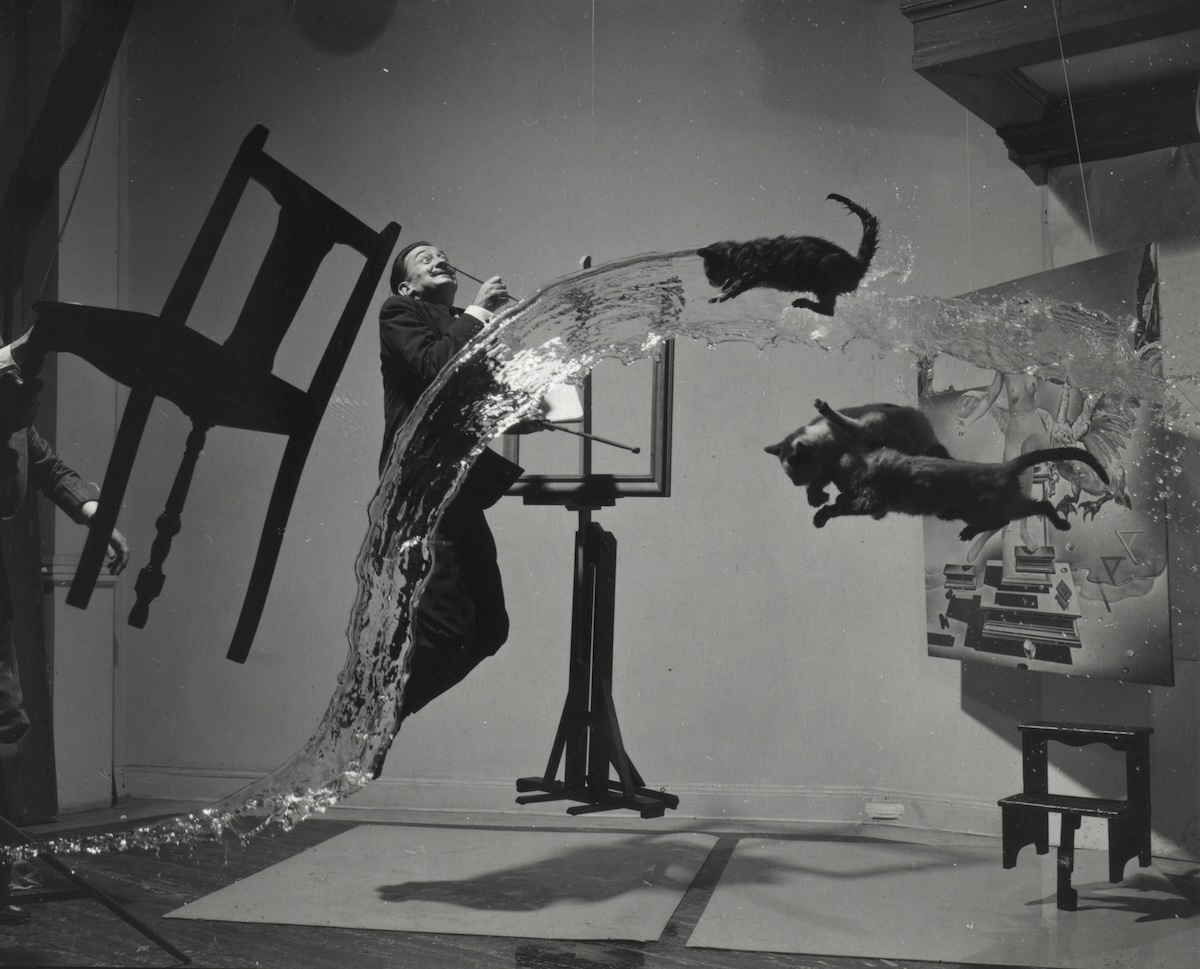How Did the First World War Change the Arts?
Surrealism – as formulated in André Breton’s manifesto a century ago in October 1924 – is regarded as one of the First World War’s artistic legacies. What are the others?

‘What the war released above all was a spirit of ephemerality’
Mark Polizzotti is Head of Publications at the Metropolitan Museum of Art and author of Why Surrealism Matters (2024)
The First World War and its aftermath are often paired with the rise of modernism, that moral and aesthetic juggernaut that so deranged our senses. But the stirrings of modernism, and some of its primary artefacts, were in place well before Franz Ferdinand quaffed his last Sekt.
